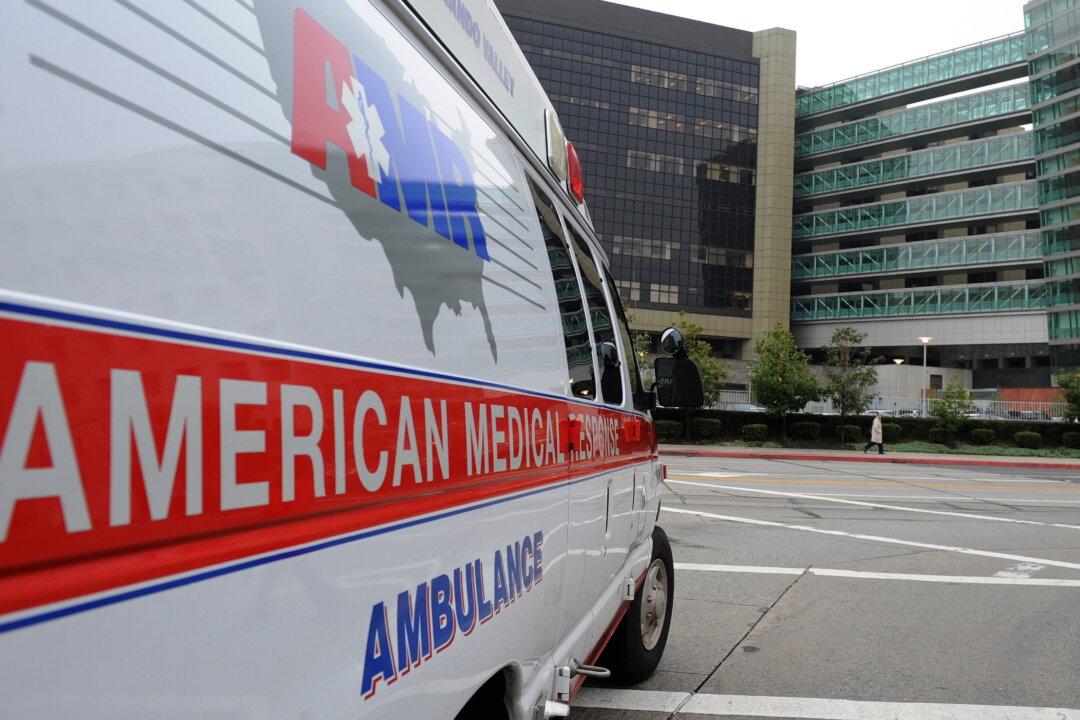Three whale carcasses washed ashore on the North Atlantic coast along New York and New Jersey this month over the span of less than a week, generating concern among local residents and wildlife activists about the deaths, as well as why and what can be done.
On Aug. 11, the carcass of a 30-foot humpback whale beached on the coast of Fire Island, New York. A day later, another dead humpback landed on the shores of Long Branch, New Jersey; and on Aug. 14, a third dead whale washed ashore at Long Beach, New York.





